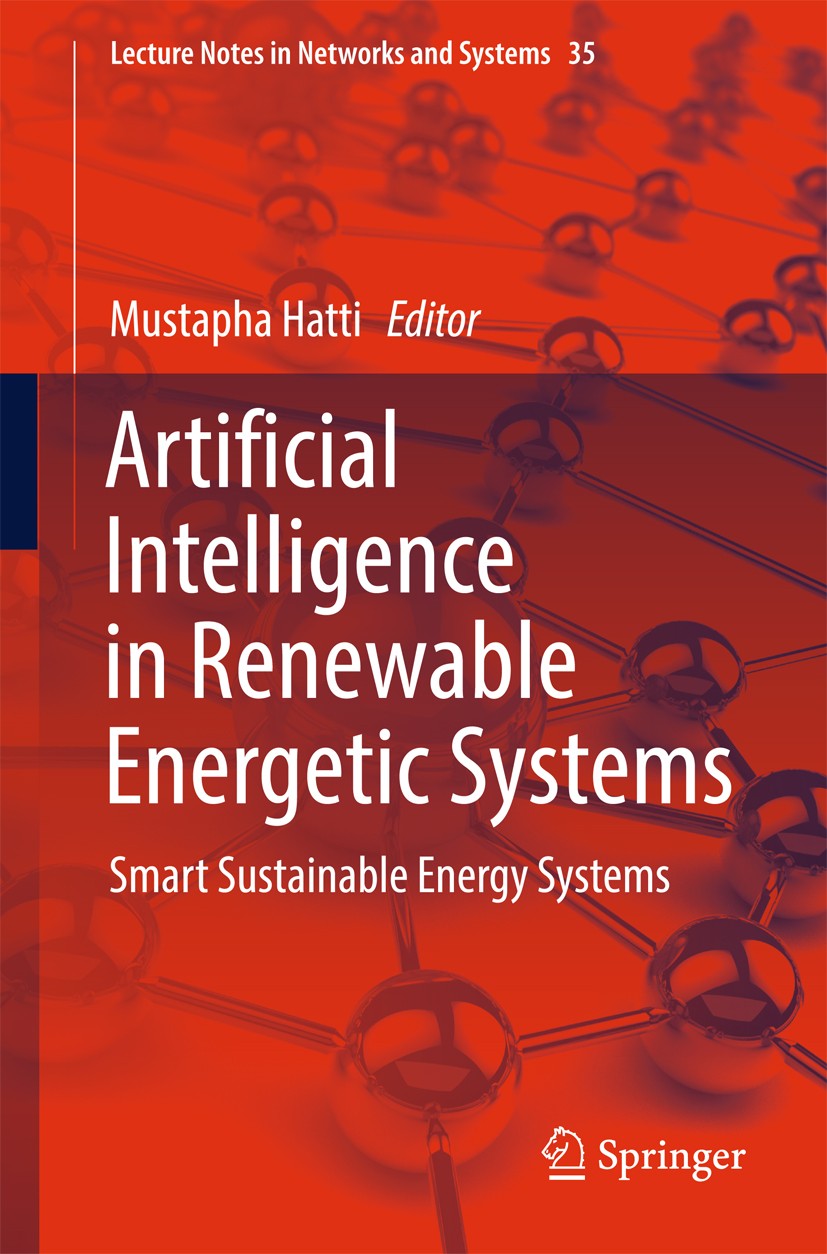
Unveiling the Power of Biomass Energy Utilization for a Sustainable Future
Harnessing Nature’s Bounty: An Introduction to Biomass Energy Utilization
Biomass energy utilization stands as a beacon of sustainable power, tapping into the abundance of organic materials to generate electricity, heat, and biofuels. This article delves into the multifaceted world of biomass energy, exploring its diverse feedstocks, processes, and applications, all contributing to a cleaner and renewable energy landscape.
A Bounty of Resources: Diverse Feedstocks Driving Biomass Energy Utilization
One of the key strengths of biomass energy utilization lies in its diverse range of feedstocks. From agricultural residues to forestry by-products and municipal waste, biomass draws its energy potential from an array of organic sources. This diversity not only ensures a steady supply but also showcases the versatility of biomass as a sustainable and adaptable energy solution.
Dual Processes: The Biochemical and Thermochemical Dynamics of Biomass Utilization
Biomass energy utilization unfolds through both biochemical and thermochemical processes. Biochemical pathways, including anaerobic digestion and fermentation, rely on the metabolic activities of microorganisms. Simultaneously, thermochemical processes such as combustion and gasification harness heat to transform biomass into energy. This dual approach ensures a comprehensive extraction of energy from various biomass sources.
Energizing the Grid: Electricity Generation through Biomass
Electricity generation stands as a cornerstone of biomass energy utilization. Biomass power plants employ processes like combustion to convert organic matter into electricity. As biomass combusts, it produces heat, subsequently used to generate steam that propels turbines connected to generators. This sustainable method of electricity generation contributes to the reduction of greenhouse gas emissions.
Beyond Power: Heat and Cogeneration Applications in Biomass Energy Utilization
The impact of biomass extends beyond electricity generation. Biomass energy utilization plays a crucial role in producing heat and facilitating cogeneration. Biomass can be burned directly for heating purposes or converted into biogas for combined heat and power (CHP) systems. This dual-purpose application enhances the efficiency of biomass energy utilization.
Greening Transportation: Biofuels from Biomass Energy Utilization
Biomass energy utilization extends its influence to the transportation sector through the production of biofuels. Bioethanol and biodiesel, derived from biomass feedstocks, offer cleaner alternatives to conventional fossil fuels. The integration of biofuels into the transportation landscape marks a significant stride towards sustainable mobility, reducing dependency on traditional, environmentally impactful fuels.
Carbon Neutrality and Environmental Stewardship
A notable aspect of biomass energy utilization is its potential for carbon neutrality. While the combustion of biomass releases carbon dioxide, the plants used in biomass absorb an equivalent amount of carbon dioxide during their growth. This closed carbon cycle ensures a balanced impact on the atmosphere, aligning biomass energy utilization with environmental stewardship and sustainability.
Navigating Challenges: Sustainability Considerations in Biomass Energy Utilization
Despite its merits, biomass energy utilization faces challenges related to resource availability, land use, and potential competition with food production. Navigating these challenges requires sustainable practices, responsible feedstock management, and a commitment to balance biomass utilization with environmental sustainability. Striking this equilibrium is critical for the long-term success of biomass energy.
Policy Landscape: Government Support Driving Biomass Energy Utilization
Governments play a pivotal role in fostering the growth of biomass energy utilization through supportive policies and incentives. Subsidies, tax credits, and renewable energy targets encourage investments in biomass projects. The backing of governments worldwide propels the broader adoption of biomass energy utilization, contributing to a sustainable and resilient energy future.
Exploring the Potential: Biomass Energy Utilization’s Role in a Clean Energy Landscape
This exploration of biomass energy utilization merely scratches the surface of its vast potential. From diverse feedstocks to electricity generation, heat applications, and biofuels, biomass stands as a dynamic player in the quest for cleaner and renewable energy solutions. For those eager to delve deeper into the world of biomass energy utilization, visit corpodaration.my.id.
In conclusion, the utilization of biomass energy presents a compelling narrative in the broader context of sustainable energy solutions. Its versatility, combined with environmental benefits and government support, positions biomass as a key player in shaping a cleaner and greener energy landscape for the future.




